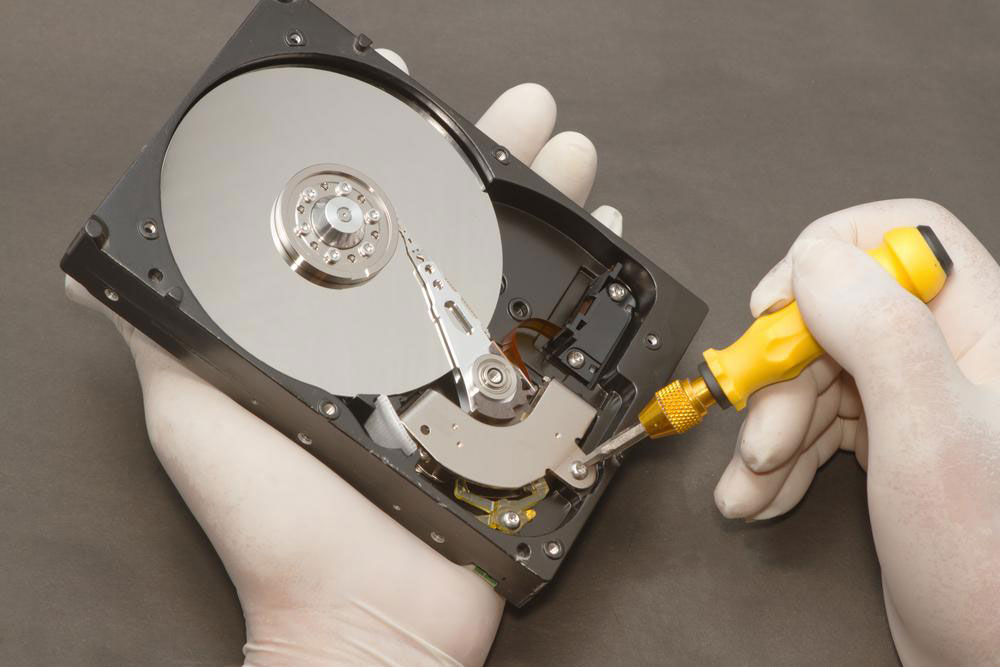In-Depth Exploration of Enterprise Data Backup Solutions and Technologies
This comprehensive article explores enterprise data backup technologies, emphasizing hardware solutions, advanced cloning, replication strategies, data compression, and security measures. It highlights the latest trends and best practices in designing resilient backup systems tailored to modern organizational needs, ensuring data integrity, security, and rapid recovery. Suitable for IT professionals seeking in-depth knowledge on enterprise data protection, the article covers cloud integration, AI automation, and cutting-edge storage solutions.

In-Depth Exploration of Enterprise Data Backup Solutions and Technologies
In today's digital-driven business landscape, the importance of robust enterprise data backup solutions cannot be overstated. Organizations of all sizes face the ongoing challenge of safeguarding critical data against loss, corruption, or cyber threats. To effectively address these challenges, enterprises must understand the full spectrum of data backup technologies, the latest advancements, and how to tailor storage strategies to suit specific operational needs. This comprehensive overview aims to shed light on the essential components, trends, and best practices involved in enterprise data backup systems.
Enterprise data backup infrastructure is designed to provide reliable, scalable, and secure storage options that align with business objectives. These systems support various types of data storage, including block storage, file storage, and object storage, each suited for different use cases. Block storage typically offers high performance and is ideal for databases and transaction-heavy applications, whereas file storage is suitable for user data and document management. Object storage, conversely, is optimized for massive scalability and is often used in cloud storage environments to handle unstructured data such as multimedia files or backups.
Developing an effective backup strategy begins with a clear understanding of an organization’s core functions, security protocols, and recovery objectives. The goal is to ensure minimal downtime and data loss while maintaining data integrity and compliance with regulations. Hardware-based solutions like traditional disk arrays and tape libraries remain relevant, but modern enterprises increasingly rely on SSD (Solid State Drive) based solutions. SSDs significantly enhance data read/write speeds, reducing backup windows and accelerating data analysis processes. These high-speed storage devices are crucial for environments demanding real-time data access and high concurrency.
Recent technological advancements have propelled the capabilities of enterprise data backup systems. Re-writable flash memory, for example, offers robust support for multiple applications by enabling rapid data responses and frequent updates. Data cloning technology also plays a vital role by creating exact copies of data sets, which can be automatically transferred to off-site backup locations. This process not only provides a reliable disaster recovery plan but also simplifies development workflows and snapshot archiving, allowing organizations to preserve system states at specific points in time for testing and recovery purposes.
Another vital aspect of modern backup strategies is the generation of multiple data copies. Having duplicates stored across various locations, including on-premises, cloud, or remote data centers, minimizes the risk of data loss during outages or cyberattacks. These copies facilitate testing, reporting, and staging environments, ensuring operational continuity and compliance with data governance policies. Efficient storage management involves creating snapshots and versioned backups, which enable quick restoration without extensive system downtime.
However, data replication over vast distances comes with its own set of challenges. Network bandwidth limitations can hinder the speed and efficiency of data transfer between sites. Asynchronous replication provides a solution by replicating data at scheduled intervals, balancing performance with network constraints. For critical data, synchronous replication ensures real-time synchronization, although it requires higher bandwidth and lower latency connections.
To optimize storage utilization, compression techniques are often employed. These methods significantly reduce the size of stored data, especially within NAS (Network Attached Storage) and SAN (Storage Area Network) environments. Compression can increase effective storage capacity by up to 300%, leading to cost savings and improved resource allocation. Encryption is another cornerstone of enterprise backup, safeguarding data both during transit and at rest. Organizations deploy network-based encryption protocols or hardware-based encryption modules to prevent unauthorized access and ensure compliance with privacy regulations.
For businesses with intensive transaction workloads, in-memory storage solutions are vital. Technologies like in-memory databases accelerate data processing, enable faster query responses, and support high-performance virtual desktops. This results in quicker user logins, improved application responsiveness, and the ability to handle high volumes of concurrent users effectively.
In addition to these core technologies, the future of enterprise data backup is increasingly shaped by integration with artificial intelligence and automation. AI-driven systems can predict potential failures, optimize backup schedules, and automate recovery procedures, reducing human intervention and improving reliability. Cloud integration further enhances flexibility, providing scalable storage options and simplified disaster recovery planning.
In conclusion, enterprise data backup solutions encompass a broad range of technologies tailored to meet the diverse needs of modern organizations. From hardware and SSD-based solutions to advanced cloning, replication, and encryption techniques, the landscape continues to evolve rapidly. Businesses must develop their backup strategies meticulously, considering factors like data criticality, security requirements, and network infrastructure, to ensure they are well-prepared against data loss and cyber threats. With continual technological advancements, enterprises can achieve resilient, efficient, and compliant data protection systems that safeguard their valuable digital assets now and into the future.





